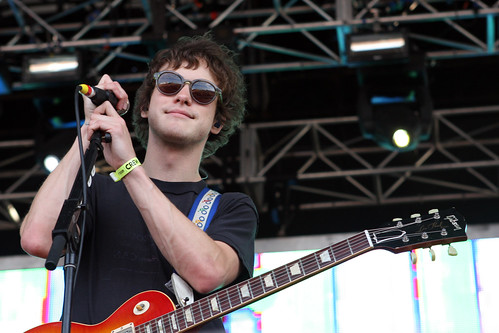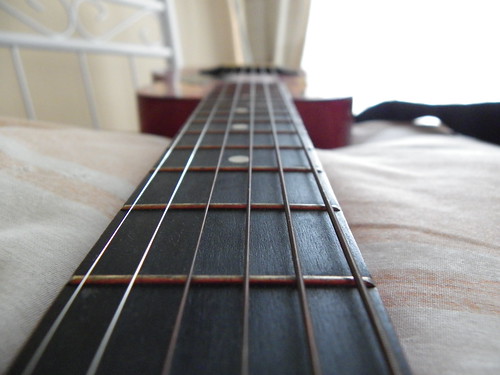From the very first lines to the very last note, your song should be designed to take your audience on a journey. It might be a catalyst for exploring emotions, or it could just inspire people to dance.
However, if your song is just meandering from one idea to the next, if its momentum disappears, or if it just suffers from a general lack of focus — these things can all be frustrating for fans. Check out this article on creating forward momentum in your melody if you’re looking for some techniques to help.

Image via Flickr by Eva Rinaldi Celebrity and Live Music Photographer














